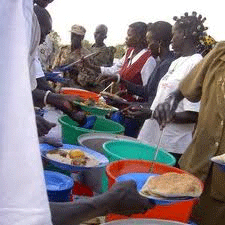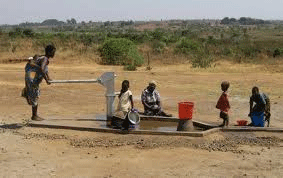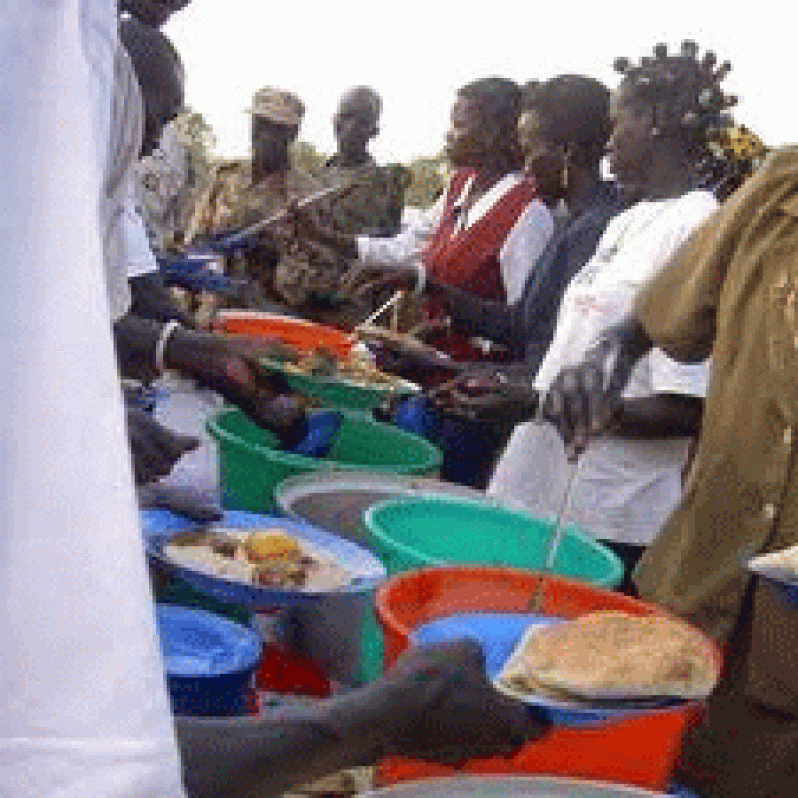ENVIRONMENTAL ethics is the study of the moral relationship between human beings and the natural environment. It also seeks to identify the value and moral status of the environment and its non-human contents.
 An item can be seen as having either instrumental or intrinsic value. Things with instrumental value are good because they serve a certain purpose, e.g., certain fruits have instrumental value for bats who feed on them, since feeding on the fruits is a means to survival for the bats. Others have intrinsic value. This is the value that an entity has in itself, simply for what it is.
An item can be seen as having either instrumental or intrinsic value. Things with instrumental value are good because they serve a certain purpose, e.g., certain fruits have instrumental value for bats who feed on them, since feeding on the fruits is a means to survival for the bats. Others have intrinsic value. This is the value that an entity has in itself, simply for what it is.
In the world of environmental ethics there are different schools of thought:
Anthropocentrism
Anthropocentrism places humans as the centre of the universe. Everything else in the environment is evaluated in terms of its usefulness to us. In this regard, intrinsic value is only placed to humans. Human interests and wellbeing are seen as being more important than those of non – human things.
For example, Aristotle (Politics, Bk. 1, Ch. 8) maintains that “nature has made all things specifically for the sake of man” and that the value of non – human things in nature is merely instrumental.
Deep Ecology
This concept was introduced by Norwegian philosopher Arne Naess to contrast with environmentalism for purely human interests. Deep ecology is founded on two basic principles:
• The interrelatedness of all systems of life on Earth, together with the idea that anthropocentrism – human-centeredness – is a misguided way of seeing things. Deep ecologists believe that an ecocentric attitude is more consistent with the truth about the nature of life on Earth. Instead of regarding humans as something completely unique or chosen by God, they see us as being important components in the thread of life. Thus, it is their view that humans need to have a less dominating presence on Earth for life to continue.
• The second component of deep ecology is what Arnie Naess calls the need for human self-realisation. Humans need to be conscious of the fact that the environment is not for our use only, but our behaviour affects other plants and animals. We therefore need to act in a way that the wellbeing of all life on Earth will be protected and promoted. We just wouldn’t do certain things that damage the planet, just as you wouldn’t cut off your own finger.
Feminism and the Environment
Ecofeminism is essentially a view of environmental ethics whereby the domination of women and the exploitation of the environment is seen as interlinked. In many parts of the developing world, women are in fact the most direct users of natural resources since they are responsible for gathering water and fuel and farming to provide for the family while the man provides shelter, food (from hunting) and protection. Any change in these resources in their environment will obviously affect daily life. It is from this dire need for caring for the environment that the movement of ‘ecofeminism’ has emerged. As a movement, ecofeminists confront issues of gender, race, class, and nature.
Kids Activity
Challenge yourself to gather the following information about the following plants and animals:
monkey, caiman, shrimp, trout, crab, macaw, owl, suma plant, pau d’arco
What’s it called?
Common name: __________________
Scientific name: __________________
Where’s it from?
Natural geographic distribution: ________________
Tell me about it.
Population in the wild: _________________
Lifespan: _____________________
Interesting biological facts:
___________________________________________________________________________________________________________________________________________________________
How is it valuable to humans?
___________________________________________________________________________________________________________________________________________________________
Role in ecosystem (What eats it? What does it eat? Is it involved in any symbiotic relationships?):
___________________________________________________________________________________________________________________________________________________________
Feel free to do the same for additional animals and plants that are of interest to you.
You can share your ideas and questions by sending your letters to: “Our Earth, Our Environment”, C/O EIT Division. Environmental Protection Agency, Ganges Street, Sophia, GEORGETOWN or email us at eit.epaguyana@gmail.com



.jpg)








